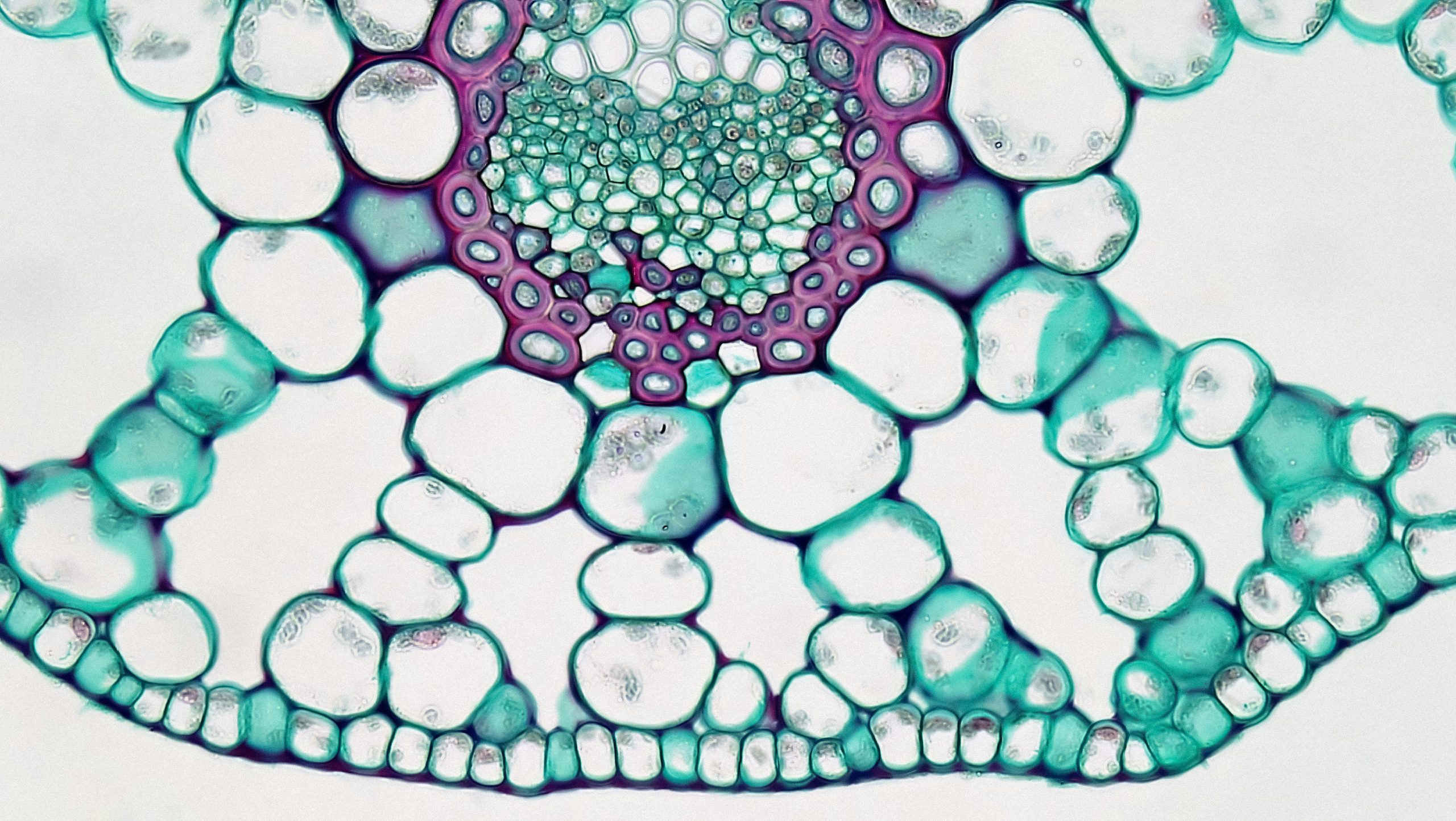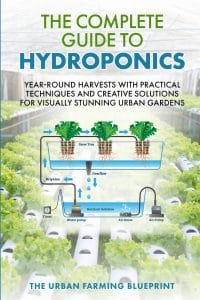In hydroponics, plants are grown without soil, relying entirely on carefully crafted Hydroponic Nutrient Solutions to deliver the essential elements needed for growth. These nutrient solutions serve as the lifeblood of the system, directly supplying plants with vital minerals like nitrogen, phosphorus, potassium, calcium, and magnesium in precise proportions. Without the buffer of soil to regulate nutrient availability, the responsibility falls entirely on the grower to ensure the solution is perfectly balanced.
The effectiveness of these solutions determines everything from the strength of the root system to the vibrancy of the leaves and the abundance of fruits or flowers. For beginners, mastering the art of preparing and managing Hydroponic Nutrient Solutions is crucial.
This involves understanding the specific needs of the plants being grown, monitoring pH and electrical conductivity (EC) levels, and making regular adjustments to maintain optimal nutrient availability. With practice and attention to detail, growers can unlock the full potential of their hydroponic systems, achieving healthier plants and higher yields than traditional soil-based methods.
What Are Hydroponic Nutrients Solutions?
Hydroponic Nutrient Solutions are concentrated blends of the essential elements plants need to thrive, carefully tailored to support optimal growth in soilless systems. These nutrients are divided into two main categories: macronutrients and micronutrients.
Macronutrients are required in larger quantities and include key elements such as nitrogen (N), phosphorus (P), and potassium (K), which drive fundamental processes like cell division, root development, and energy transfer. Secondary macronutrients, such as calcium (Ca), magnesium (Mg), and sulfur (S), also play critical roles in strengthening cell walls, supporting photosynthesis, and synthesizing amino acids.
Micronutrients, though needed in smaller amounts, are equally vital. These include iron (Fe), manganese (Mn), zinc (Zn), copper (Cu), boron (B), molybdenum (Mo), and sometimes chlorine (Cl). Micronutrients act as catalysts in enzymatic reactions, contributing to processes like chlorophyll synthesis and nutrient uptake.
To create a balanced Hydroponic Nutrient Solution, growers must ensure the right concentration and availability of both macro- and micronutrients, while also monitoring factors such as pH levels to avoid nutrient lockout. This careful balance enables plants to access everything they need for robust growth and maximum productivity in hydroponic systems.
- Macronutrients: Nitrogen (N), Phosphorus (P), and Potassium (K) are the primary components, along with Calcium (Ca), Magnesium (Mg), and Sulfur (S).
- Micronutrients: Smaller quantities of elements like Iron (Fe), Manganese (Mn), Zinc (Zn), Copper (Cu), Boron (B), and Molybdenum (Mo) are also vital for plant health.
These nutrients are dissolved in water, creating a solution that plants absorb through their roots. The balance of these elements is critical to meet the needs of different plant types and growth stages.
Organic vs. Synthetic Nutrients

Hydroponic Nutrient Solutions are concentrated blends of the essential elements plants need to thrive, carefully tailored to support optimal growth in soilless systems. These nutrients are divided into two main categories: macronutrients and micronutrients.
Macronutrients are required in larger quantities and include key elements such as nitrogen (N), phosphorus (P), and potassium (K), which drive fundamental processes like cell division, root development, and energy transfer. Secondary macronutrients, such as calcium (Ca), magnesium (Mg), and sulfur (S), also play critical roles in strengthening cell walls, supporting photosynthesis, and synthesizing amino acids.
Micronutrients, though needed in smaller amounts, are equally vital. These include iron (Fe), manganese (Mn), zinc (Zn), copper (Cu), boron (B), molybdenum (Mo), and sometimes chlorine (Cl). Micronutrients act as catalysts in enzymatic reactions, contributing to processes like chlorophyll synthesis and nutrient uptake.
To create a balanced Hydroponic Nutrient Solution, growers must ensure the right concentration and availability of both macro- and micronutrients, while also monitoring factors such as pH levels to avoid nutrient lockout. This careful balance enables plants to access everything they need for robust growth and maximum productivity in hydroponic systems.
Organic Nutrients
- Derived from natural sources like compost, seaweed, or bone meal.
- Promote sustainable practices and eco-friendly gardening.
- Tend to be slower-releasing, making them less precise for hydroponics.
- May cause clogging in systems that use pumps or emitters.
Synthetic Nutrients
- Manufactured using chemical compounds to provide precise nutrient ratios.
- Ideal for hydroponic systems due to their solubility and consistency.
- Offer immediate availability to plants, promoting rapid growth.
- Require careful monitoring to prevent overfeeding and nutrient burn.
Choosing between the two depends on your priorities, such as sustainability versus precision and ease of use.
Hydroponics Nutrient Solutions: Essential Guide for Thriving Plants
Understanding pH and EC Levels
Proper nutrient absorption in hydroponics relies significantly on maintaining precise pH and electrical conductivity (EC) levels within the nutrient solution. These factors are critical for ensuring plants can effectively access the nutrients they need for healthy growth.
The pH level of a Hydroponic Nutrient Solution determines its acidity or alkalinity, which directly affects the solubility and availability of essential nutrients. Most hydroponic plants thrive in a pH range of 5.5 to 6.5, where macronutrients like nitrogen, phosphorus, and potassium, as well as micronutrients such as iron and manganese, remain readily available for uptake. Deviations from this range can cause nutrient lockout, where certain elements become insoluble and unusable by plants, leading to deficiencies even in nutrient-rich solutions.
Electrical conductivity (EC) measures the concentration of dissolved salts in the solution, indicating the overall strength of the nutrients. Maintaining the optimal EC range ensures plants receive the right amount of nutrients without the risk of overfeeding or underfeeding. A high EC level can lead to nutrient burn, while a low EC level may result in stunted growth due to insufficient nutrients. Regular monitoring and adjustments are essential to maintain a balanced nutrient environment that supports vigorous plant development.
By carefully managing pH and EC levels, growers can optimize nutrient absorption, creating the ideal conditions for robust and productive hydroponic systems.
pH Levels
- The pH level determines how acidic or alkaline the nutrient solution is.
- Ideal pH range for most hydroponic plants: 5.5 to 6.5.
- A pH outside this range can lock out essential nutrients, leading to deficiencies.
Use pH test kits or digital meters to regularly monitor and adjust the pH using pH up/down solutions.
Explore the Top pH Test Kits for Hydroponics.
Electrical Conductivity (EC) Levels
- EC measures the concentration of dissolved salts in the nutrient solution.
- A high EC indicates excessive nutrients, risking salt buildup and root damage.
- A low EC suggests a nutrient deficiency, leading to stunted growth.
Maintaining proper EC levels ensures that plants receive the right amount of nutrients without overloading or starving them. Regular testing with an EC meter is essential.
Troubleshooting Nutrient Deficiencies
Even with meticulous preparation of Hydroponic Nutrient Solutions, plants may occasionally display signs of nutrient deficiencies. Recognizing and addressing these issues promptly is essential for maintaining healthy growth and preventing long-term damage.
Nutrient deficiencies can manifest in various ways, depending on the specific element lacking. For example:
- Nitrogen deficiency often results in pale, yellowing leaves, particularly in older growth, as nitrogen is vital for chlorophyll production.
- Phosphorus deficiency can cause dark green or purplish foliage and stunted growth, particularly in young plants.
- Potassium deficiency typically leads to yellowing or browning at leaf edges and tips, as well as weak stems.
- Calcium deficiency may appear as distorted or curling leaves and blossom end rot in fruiting plants.
- Iron deficiency often shows as yellowing between the veins of young leaves (chlorosis), as iron plays a critical role in photosynthesis.
Recognizing these symptoms early and making targeted adjustments to your Hydroponic Nutrient Solution is vital to restoring plant health. This may include supplementing specific nutrients to address deficiencies, fine-tuning pH levels to enhance nutrient availability, or calibrating the solution’s electrical conductivity (EC) to ensure plants receive the right concentration of nutrients. Consistent monitoring and proactive maintenance can help prevent nutrient imbalances, ensuring your plants stay healthy and your hydroponic garden continues to thrive.
How to Fix Deficiencies
- Adjust the Nutrient Mix: Ensure the solution contains all necessary elements in the right proportions.
- Check pH Levels: Improper pH can block nutrient absorption.
- Flush the System: Salt buildup can interfere with nutrient uptake. Flushing the system with clean water helps restore balance.
If you’re unsure how to mix or adjust nutrients, check out our guide: How to Mix Nutrients for Hydroponics.
Conclusion
Mastering Hydroponic Nutrient Solutions is the cornerstone of cultivating healthy, thriving plants in a soilless system. Success begins with understanding the vital role nutrients play in plant growth, from macronutrients like nitrogen and potassium to the trace micronutrients essential for metabolic processes. Choosing between organic and synthetic nutrients allows you to tailor your approach based on sustainability goals or precision needs.
Equally important is diligent monitoring of pH and electrical conductivity (EC) levels to ensure nutrients remain available and in proper balance. Recognizing and swiftly addressing nutrient deficiencies helps prevent setbacks and keeps plants on a path of vigorous growth. Over time, as you refine your skills, the intricacies of managing nutrient solutions will become second nature, freeing you to focus on cultivating the lush, vibrant garden you envision.
With dedication and practice, hydroponics evolves into a deeply rewarding journey, combining innovation with efficiency to produce exceptional results. The ability to fine-tune Hydroponic Nutrient Solutions and create an ideal growing environment allows you to unlock the full potential of your plants, leading to bountiful yields and unparalleled growth. As you gain experience and confidence, the once-challenging aspects become second nature, turning your hydroponic garden into a flourishing testament to your skill and care.


